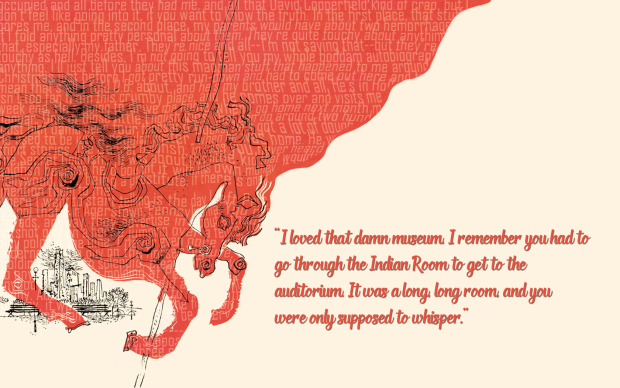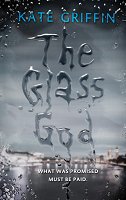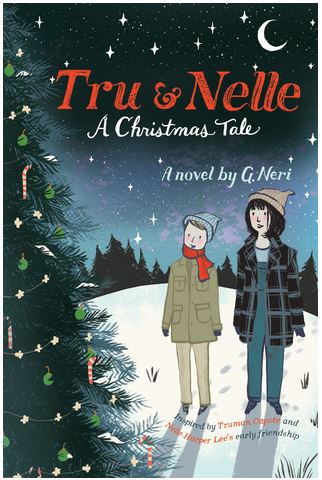 In “The Thrill of the Chase,” referring to the J. D. Salinger classic, “A Catcher in the Rye,” Fenn writes,
In “The Thrill of the Chase,” referring to the J. D. Salinger classic, “A Catcher in the Rye,” Fenn writes,
“The more I thought about it the more I realized the book was about me, and I couldn’t believe it. How would anyone imagine a coincidence like that could happen?“
I hadn’t read the Salinger book since high school, so I thought I’d refresh my memory of it. It’s a short book, and not necessarily an easy read. Salinger wrote it in an idiom that was familiar to, and comfortable for, him. But, the use of a colloquial language makes it hard to read – for me, at least.
Nonetheless, as I made my way through the book in which Salinger uses the Manhattan as a character in the novel, he mentions he, more than once, visited the New York Museum of Natural History, iconic not only in New York, but in the United States.
Salinger writes,
“I loved that damn museum. I remember you had to go through the Indian Room to get to the auditorium. It was a long, long room, and you were only supposed to whisper. The teacher would go first, then the class. You’d be two rows of kids, and you’d have a partner. Most of the time my partner was this girl named Gertrude Levine. She always wanted to hold your hand, and her hand was always sticky or sweaty or something. The floor was all stone, and if you had some marbles in your hand and you dropped them, they bounced like madmen all over the floor and made a helluva racket, and the teacher would hold up the class and go back and see what the hell was going on. She never got sore, though, Miss Aigletinger. Then you’d pass by this long, long Indian war canoe, about as long as three goddam Cadillacs in a row, with about twenty Indians in it, some of them paddling, some of them just standing around looking tough, and they all had war paint all over their faces. There was one very spooky guy in the back of the canoe, with a mask on. He was the witch doctor. He gave me the creeps, but I liked him anyway. Another thing, if you touched one of the paddles or anything while you were passing, one of the guards would say to you, “Don’t touch anything, children,” but he always said it in a nice voice, not like a goddam cop or anything.“
I found the imagery he mentions in this single passage interesting because we find some of that same imagery in Fenn’s book. Marbles, schoolchildren, warnings not to touch.
Fenn, perhaps borrowing some of Salinger’s imagery, puts them, in my opinion, to much better use.
I wonder if there’s an “Indian Room” in the Denver Museum of Nature and Science?
Shelley and I will find out next week.
Share this:




